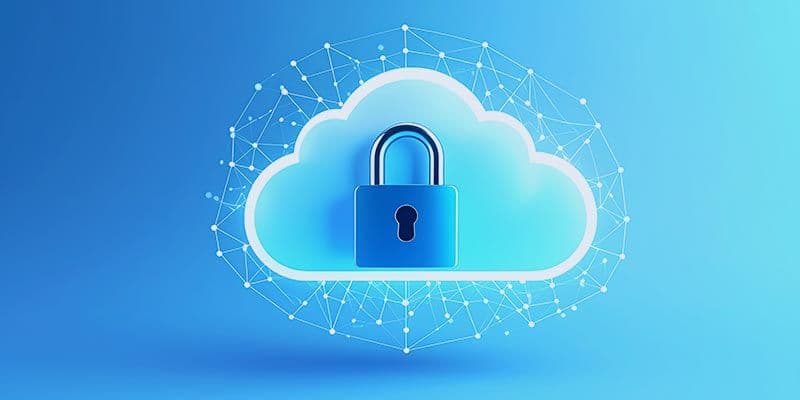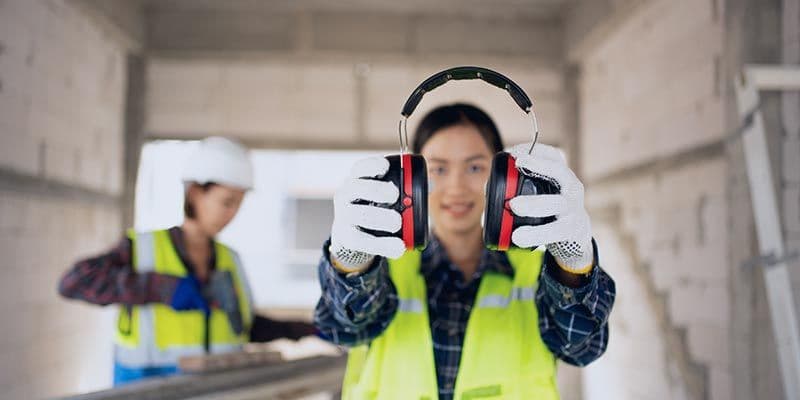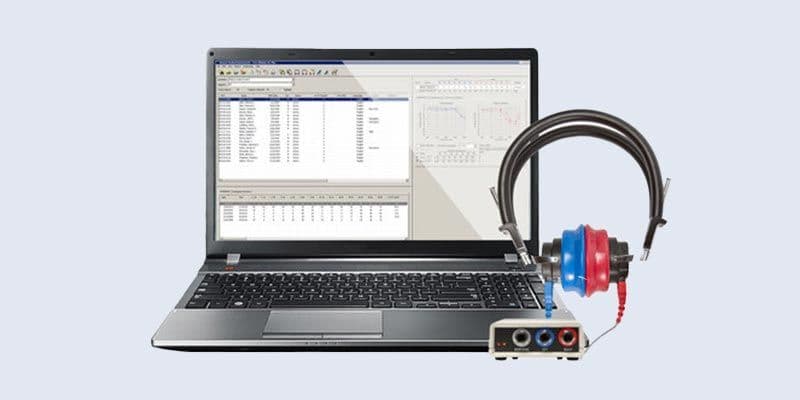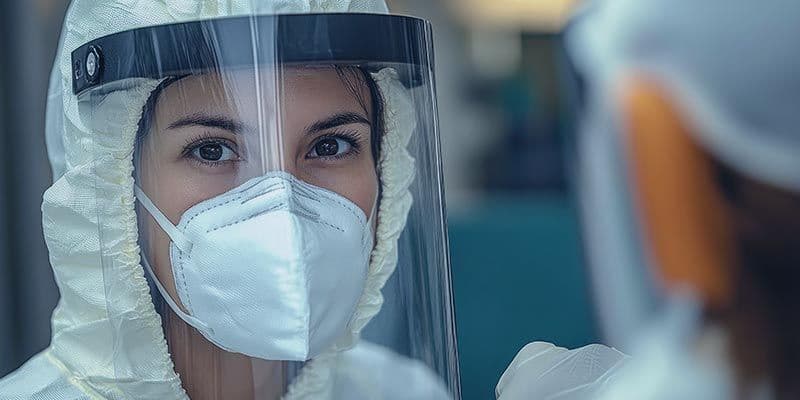How Loud Is Too Loud? A Guide to Noise Exposure in the Workplace
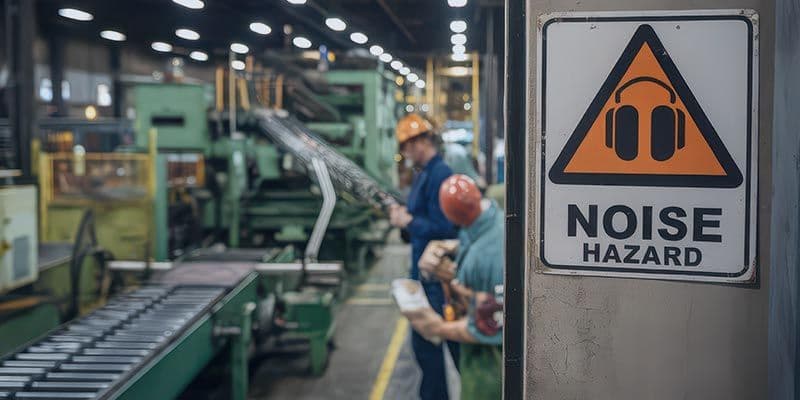
Hearing loss from occupational noise is preventable—but only if we take it seriously. According to the CDC, about 25% of U.S. workers have been exposed to hazardous noise on the job, and 22 million were exposed in the past year alone. Alarmingly, 53% of those exposed reported not wearing hearing protection, and 24% of hearing difficulty among workers is directly linked to occupational noise.
Hearing loss is often permanent, making prevention the only effective strategy. Whether you’re an employer or employee, understanding how sound intensity works and how to measure and manage noise exposure is key to protecting hearing health.
What Is Sound Intensity and How Is It Measured?
Sound intensity is measured using a sound pressure level (SPL) meter, which calculates the pressure of sound waves traveling through the air. The result is displayed in decibels (dB).
Fun Fact:
The term “decibel” comes from “deci-” meaning one-tenth, and “bel,” a unit named after Alexander Graham Bell. While the bel measures sound intensity on a logarithmic scale, it’s rarely used because it’s too large for practical applications. Instead, the decibel (dB)—one-tenth of a bel—is the standard unit for expressing sound pressure levels, honoring Bell’s pioneering work in acoustics and telecommunications.
Understanding the Decibel Scale
The decibel (dB) scale is logarithmic, not linear. This means that each increase of 10 dB represents a tenfold increase in sound intensity. For example:
- A sound at 20 dB is 10 times more intense than one at 10 dB.
- A sound at 30 dB is 100 times more intense than one at 10 dB.
- A sound at 100 dB is 1 billion times more intense than one at 10 dB.
This exponential nature explains why even small increases in decibel levels can have a significant impact on hearing health, especially with prolonged exposure.
Key Types of Decibels Related to Human Hearing
dB (Decibel)
The standard unit for measuring sound intensity. It does not account for how humans perceive different frequencies and is used in general sound level readings.
dBHL (Decibels Hearing Level)
Used in audiometry to measure a person’s hearing ability compared to normal hearing thresholds. Helps diagnose hearing loss and is plotted on audiograms.
dBA (A-weighted Decibel)
Adjusted to reflect the human ear’s sensitivity to different frequencies. Commonly used in workplace noise assessments and hearing conservation programs.
What is the Exposure Limit for Noise in the Workplace?
- 85 dBA: OSHA’s action level for workplace noise; long-term exposure can cause damage.
- 120 dBA: May cause discomfort.
- 140 dBA: Threshold of pain and potential for immediate damage.
Common workplace sounds like machinery, tools, and traffic often exceed safe levels. Continuous exposure to 85 dBA or more can lead to sensorineural hearing loss, which is irreversible.

Measuring Workplace Noise Exposure
In occupational settings, noise exposure is measured using:
- Sound Level Meters (SLMs): Measure sound at a specific moment.
- Integrating Sound Level Meters (ISLMs): Average sound levels over time.
- Dosimeters: Worn by workers to measure time-weighted average exposure throughout a shift.
Dosimeters are especially useful in environments with fluctuating noise levels or mobile workers.
OSHA Noise Regulations and Hearing Conservation
Under OSHA Standard 1910.95, employers must:
- Implement an hearing conservation program if noise exposure equals or exceeds 85 dBA over an 8-hour shift.
- Provide audiometric testing and hearing protection at no cost to employees.
- Monitor noise levels regularly and notify employees of exposure risks.
Failure to comply can result in fines and legal consequences.
Is Your Workplace Too Loud?
The only way to know is through a noise survey or dosimetry study, conducted by CAOHC-certified technicians or occupational audiologists. These assessments help identify problem areas and guide OSHA compliance strategies.
How to Protect Hearing in the Workplace
If noise levels exceed safe limits, employers must:
- Provide hearing protection (earplugs, earmuffs).
- Conduct regular hearing screenings.
- Maintain confidential health records.
- Offer training on hearing safety and protective equipment use.
Whether you’re managing a facility or working in a noisy environment, protecting hearing health starts with awareness and proactive measures. For expert guidance, contact e3 Diagnostics.

